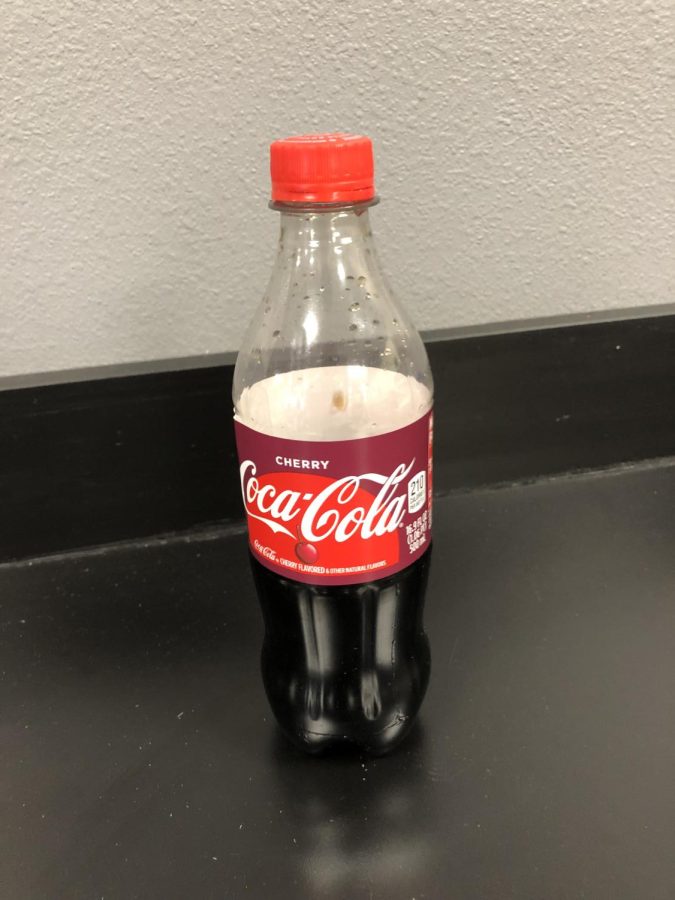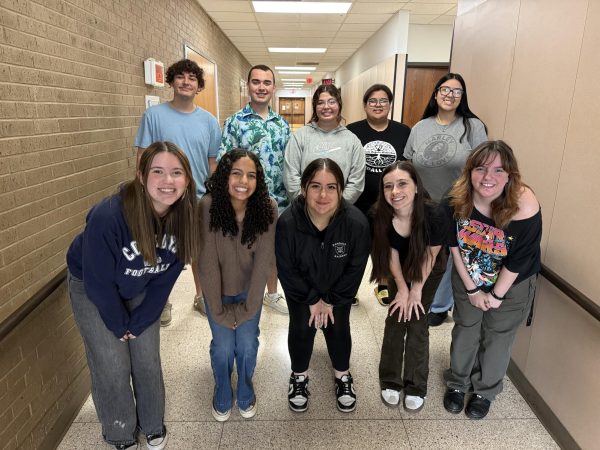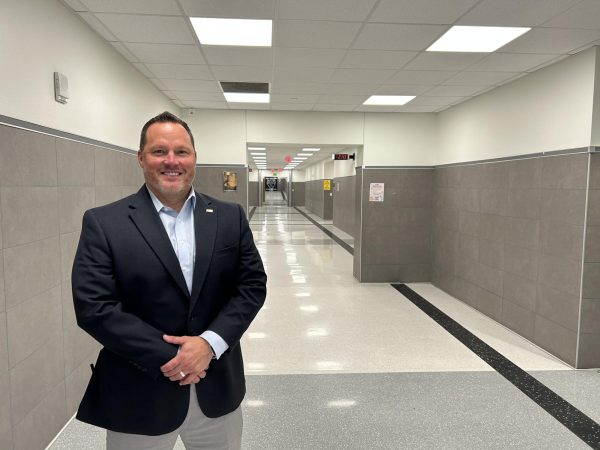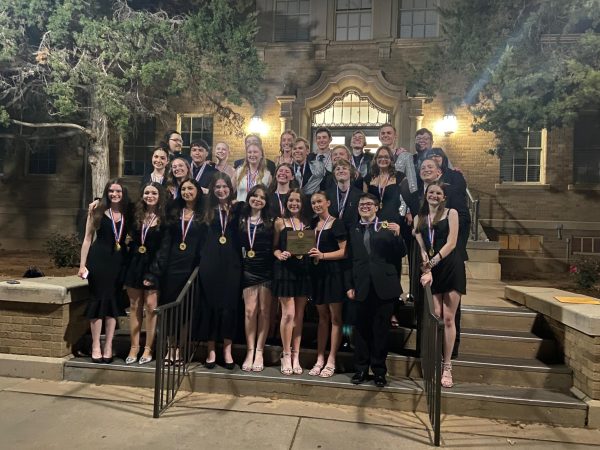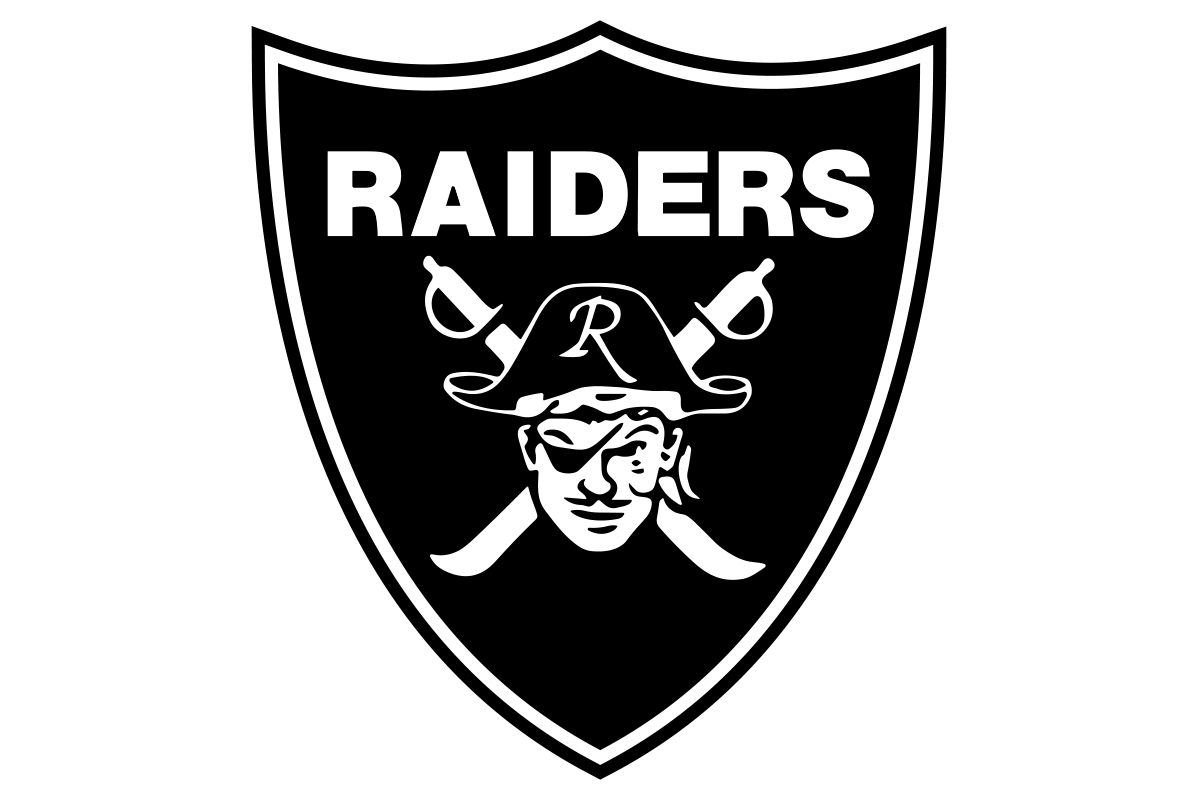What’s the Deal with Carbonated Drinks?
Whether they’re called “soda”, “soda pop”, “coke”, or simply “pop”, carbonated drinks are by far and away one of the most popular beverages across the globe. Everyone knows their favorite brand, flavor, and type of container, each of which holds a special place in one’s heart. Millions of these delicious drinks are consumed every day, but how many consumers ponder the origins of these glorious elixirs, and the processes that produce them? This article will quench the thirst these questions stir inside soda lovers.
A Recent Origin
Surprisingly, carbonated beverages weren’t human-made until 1767 when Englishman Joseph Priestley invented the carbonation process. Priestley was a chemist who specialized in studying gasses, specifically how to dissolve them in liquids like water and mercury. Through rigorous study and experimentation, Priestley found the perfect method for dissolving CO2 in water. Not only was he the first to fully dissolve CO2 in water, but he was also the first to make it edible and harmless. Strangely enough, Priestley didn’t market his carbonated water; he simply shared his knowledge as the true scientist he was. In fact, carbonated water wasn’t commercialized and marketed until 1786 in Switzerland by watchmaker Jacob Schweppe.
Schweppe learned from Priestley’s original process and improved upon it so that soda water could be manufactured efficiently. This new and improved process allowed for the commercialization and unbelievably speedy spread of soda water across the globe. Soon, many others began to make and sell their own carbonated beverages, infusing any flavor that tasted great and would make the product fly off the shelves. The key to the spread of carbonated drinks was not their flavor, it was the process that Priestley and Schweppe developed.
Carbonation and the Science Behind it
As the name states, carbonated drinks are liquids containing dissolved CO2. Seems pretty simple right? All that one needs is to dissolve CO2 in water to make soda. However, the process is far more challenging than it seems. Normally, placing a solid substance in water and stirring it around or heating it up will dissolve it without hassle; however, with gaseous CO2, the water must be under high pressure and low temperature (this is why soda bottles/cans are pressurized and kept cold). This finally allows for CO2 to dissolve in water.
With all that CO2 dissolved in the water, how does it come back out to form all those lovely bubbles? Remember how the water must be under pressure and low temperature? This isn’t just required to initially dissolve the CO2, it’s required to keep it dissolved as well. As soon as a bottle or can is opened, all that high pressure holding the CO2 in place suddenly dissipates, and the CO2 is thrown out of dissolution. Hence why the drink fizzes up, typically to one’s dismay. Similar thinking also explains why warmer drinks tend to go flat; the temperature is increased which also releases CO2.
An Eternal, Bubbly Future
The universal love for carbonated beverages bars them from ever fading away. Billions of these decadent, sparkling concoctions are consumed every year because of the fascinating science and history upholding them.



